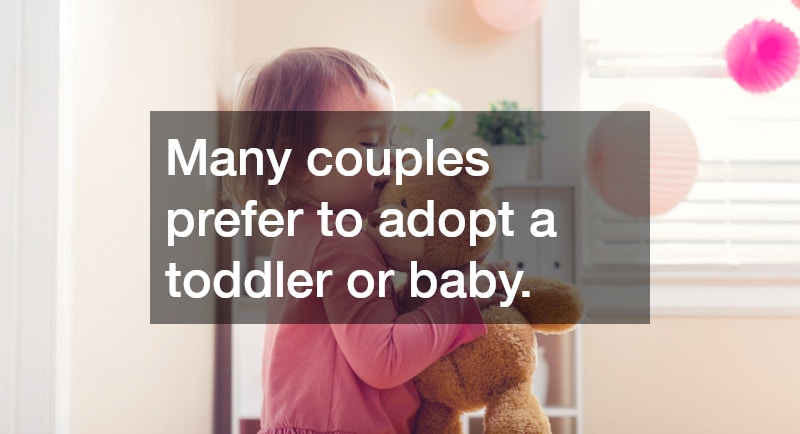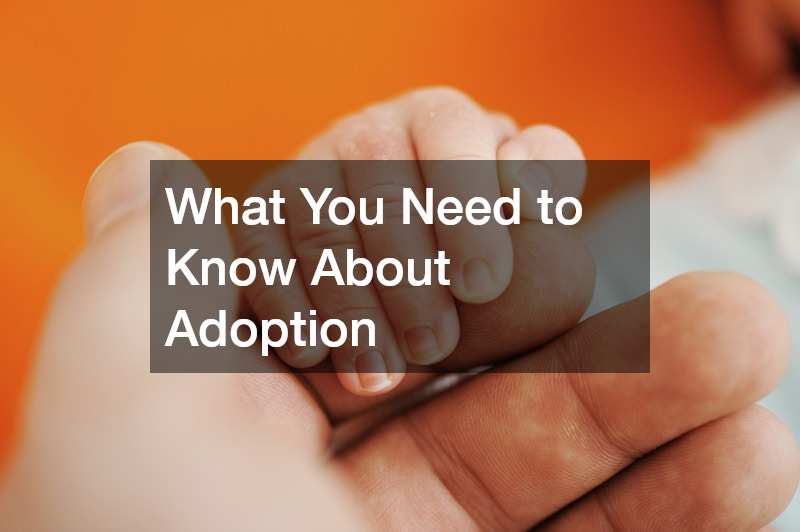
If you’re planning to adopt a new member of the family, it can be a lengthy process. Necessary legal precautions have made the adoption process challenging. To help you through the process, it’s best to work with an adoption lawyer. Those professionals are often your best source of adoption advice and guidance.
There are guidelines in place to protect potential adoptees, and most of them are the same regardless of the child’s age group. According to the Adoption Network, the minimum age for domestic and international adoption approval is 21. You will be interviewed by a social worker to determine your emotional readiness and the safety of your home. For example, a couple adopting a teenager should be mature enough to deal with the prospect of adolescent problems.

Many couples prefer to adopt a toddler or baby, since those may feel like the children may have fewer problems blending into their home. You may think that adopting from an orphanage would be easier. However, although the process may progress more smoothly, the requirements remain strict. Talk with your lawyer – or to the facilitator at the orphanage – to find more details.

Choosing to give a baby up for adoption is never an easy decision. The guilt and worry that birth mothers and fathers can feel may seem overwhelming and yet give childless couple the chance of adopting a baby is a beautiful gift both for the adoptive parents and the child. Whether you choose to give up your baby to adoption because of financial, personal or medical reasons, adopted children often thrive in their new environment. In fact, as much as 90% of all adopted children over the age of five are positive about their adoption.
For a couple longing to conceive, an adopted child is a much longed for blessing that helps to complete their family. The pain of infertility or other medical blocks to parenthood mean that most adoptive parents shower their new child with love and attention. Interestingly, studies have shown that three-quarters of all adopted children between the ages of infancy to five years old are sang to or read to every single day by their parents. In contrast only 50% of non-adopted children receive the same attention from their parents. Similarly, family meals are the norm for at least six days a week in households with adopted children.
Other studies have sought to characterize the nature of adopted relationships and found that close to 90% (87%) of all parents who have adopted children would “definitely” choose to adopt again knowing what they know now about their child. Parent-child relationships in 81% of households where adoption has taken place are described as “very warm and close”. For many children in difficult birth circumstances, adoption not only gives them a leg up in the world but also a close and loving familial relationship. Giving up a child for adoption is then an act of love ad sacrifice that seeks to benefit the child.
Adoption agencies can be vital in ensuring that birth parents and adoptive parents are both well served in the process and feel comfortable and secure in the knowledge that the best interests of the child are being considered. They also can provide information about adoption for those unsure whether to pursue that route in terms of adopting or giving up a child for adoption. Close to 40% of adoption are private domestic adoptions and 37% are foster care adoptions, while a quarter are international adoptions. Married families are the largest group of adopters accounting for over 70% of all adoptions. Single females account for just under 23% while the remaining 1.6% and 5.5% of adoptions are to unmarried couples and single males, respectively. If you are considering adopting or giving up a child for adoption, talk to local adoption agencies for advice on how to proceed.
